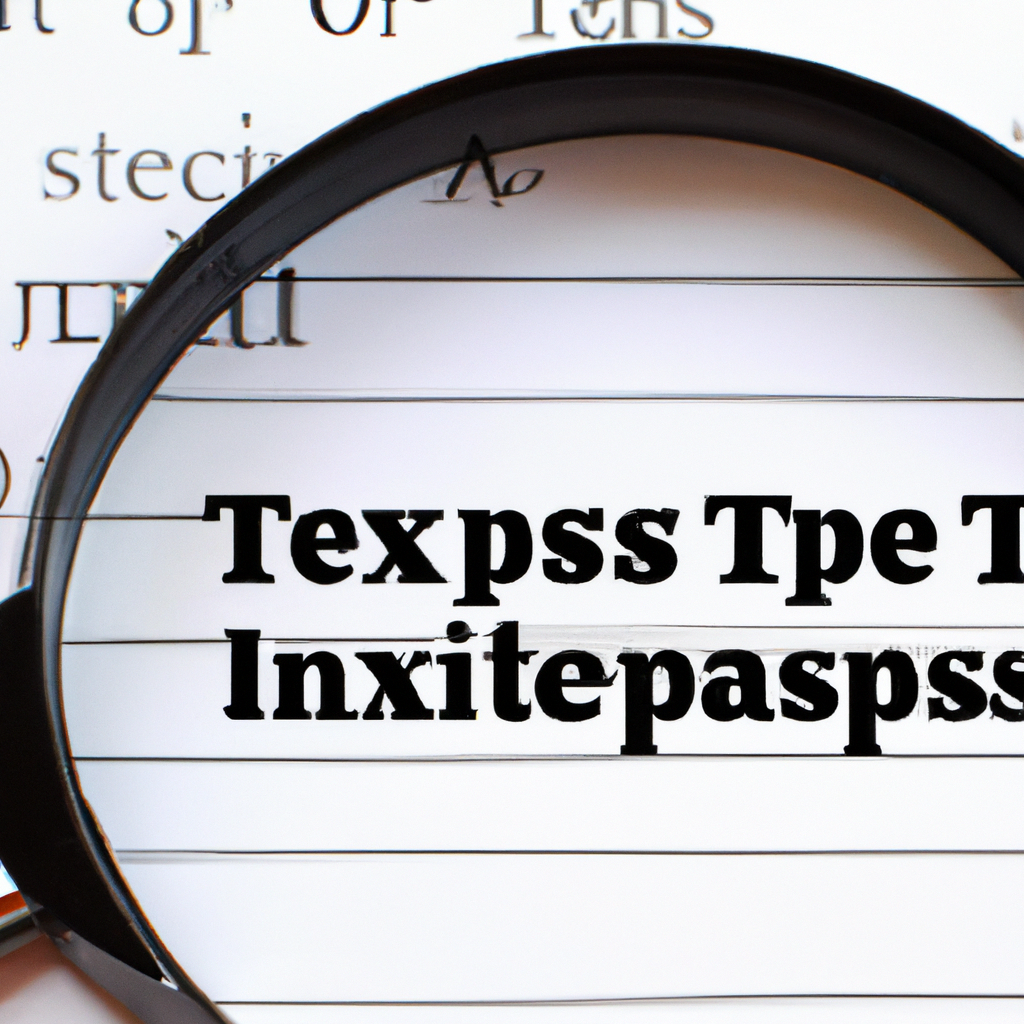
Tax-Efficient Investing Tips
Introduction
Investing is a smart way to grow your wealth over time. However, it is important to consider the impact of taxes on your investment returns. By employing tax-efficient investing strategies, you can minimize your tax liability and maximize your after-tax returns. In this article, we will discuss some useful tips to help you invest in a tax-efficient manner.
1. Utilize Tax-Advantaged Accounts
One of the most effective ways to minimize taxes on your investments is to take advantage of tax-advantaged accounts such as 401(k)s, IRAs, and Roth IRAs. These accounts offer various tax benefits, such as tax-deferred growth or tax-free withdrawals, depending on the type of account. By contributing to these accounts, you can reduce your taxable income and potentially defer taxes until retirement, when you may be in a lower tax bracket.
2. Consider Tax-Efficient Funds
When selecting investments, it is important to consider the tax implications of different asset classes. Mutual funds and exchange-traded funds (ETFs) can be more tax-efficient compared to actively managed funds. This is because actively managed funds tend to generate more taxable capital gains due to frequent buying and selling of securities. On the other hand, passively managed funds, such as index funds, have lower turnover and generate fewer taxable events.
3. Tax-Loss Harvesting
Tax-loss harvesting is a strategy that involves selling investments that have experienced a loss to offset capital gains and reduce your taxable income. By strategically selling losing investments, you can generate capital losses that can be used to offset capital gains realized on other investments. If your capital losses exceed your capital gains, you can use the remaining losses to offset up to $3,000 of ordinary income. Any unused losses can be carried forward to future years.
4. Asset Location
Asset location refers to the placement of different types of investments in different types of accounts to optimize tax efficiency. Generally, it is advisable to hold tax-efficient investments, such as index funds or ETFs, in taxable accounts. On the other hand, investments that generate regular income, such as bonds or high-dividend stocks, are better suited for tax-advantaged accounts. By strategically locating your investments, you can minimize the tax impact on your overall portfolio.
5. Be Mindful of Dividends and Capital Gains Distributions
Dividends and capital gains distributions can trigger tax liabilities, even if you do not sell your investments. It is important to be aware of the timing of these distributions, especially towards the end of the year. If possible, consider delaying the purchase of investments that are about to distribute dividends or capital gains until after the distribution date. By doing so, you can avoid unnecessary tax liabilities.
6. Long-Term Investing
Holding investments for the long term can be more tax-efficient compared to short-term trading. When you sell an investment that you have held for more than a year, you qualify for long-term capital gains tax rates, which are generally lower than short-term rates. By adopting a long-term investment approach, you can reduce your tax liability and potentially increase your after-tax returns.
Conclusion
Investing with tax efficiency in mind is crucial for maximizing your investment returns. By utilizing tax-advantaged accounts, considering tax-efficient funds, employing tax-loss harvesting, strategically locating assets, being mindful of dividends and capital gains distributions, and adopting a long-term investment approach, you can minimize your tax liability and keep more of your hard-earned money. Remember to consult with a tax professional or financial advisor to ensure these strategies align with your specific financial situation and goals.





